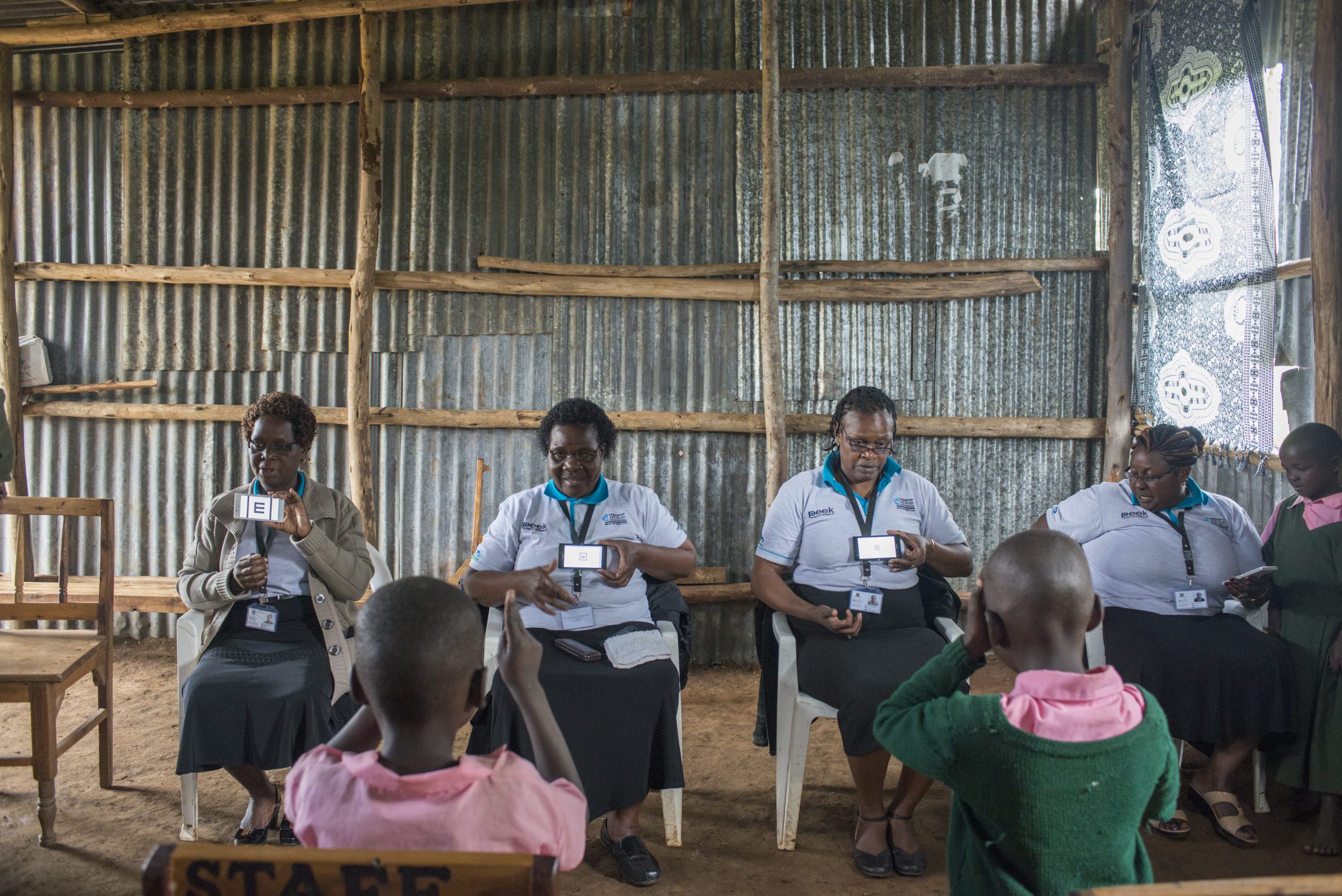Mobile health (mHealth) is a rapidly growing field that is described by the World Health Organisation as the use of mobile and wireless technologies to support the achievement of health objectives, which can include the improvement of outcomes, healthcare services and health research. Whilst all mobile technologies that can transmit data are included in the definition of mHealth, mobile phones are currently the most popular for mHealth delivery.
A new study by the International Centre for Eye Health aimed to provide guidance for the WHO on the application of mHealth interventions in eyecare, specifically those focusing on communication between individuals and eye health services.
The scoping review searched for published research that showed an mHealth intervention within an eye care service, and also involved communication between patients and health professionals. Fifty-nine studies were found and analysed, revealing extensive areas in eye health where mHealth is currently being applied, including a range of settings, modalities and intervention types.
Twenty studies targeted mHealth interventions at people who have glaucoma, and eight targeted those with diabetic retinopathy. The majority of studies (41) were held in ophthalmology clinics or hospital departments, and five were implemented in low vision rehabilitation centres. Only a small number took place in communities or were school-based (three each).
Short message services (SMS) were the most common mode of delivering mHealth interventions, representing 18 of the 51 studies included. Sixteen studies used phone calls, including automated phonecalls, interactive voice recognition technologies, phone helplines or voice messages. Some studies also used applications, with 13 using mobile applications, including one that had a virtual and augmented reality platform for eye care.
The vast majority of the interventions were designed to enhance communication between health professionals and patients, and improving treatment compliance was the most frequently reported intervention outcome (23 studies). This included for instance sending an SMS reminder to a patient to take their glaucoma medication. Studies also aimed to improve attendance at appointments, with 17 studies doing so as part of their programmes.
Other targets for mHealth were raising awareness of eye health in general and increasing patient satisfaction. In terms of outcomes, 41 studies reported positive outcomes, including increased appointment rates and follow-up after surgery.
The authors note a lack of detail in many of the studies analysed, for instance on how the communications were delivered to patients, for which there are many variables that should be considered. They also reflected on the fact that mHealth is often part of larger, complex interventions, which makes it difficult to isolate the effectiveness of the communication component alone, and that most studies were from high-income countries.
Overall, the study shows an interest from eye care professionals to communicate with patients through mHealth, which can be effective for multiple uses.
Given the global momentum in the acceptance of the use of mHealth interventions, there is now an opportunity to ensure that mHealth tools can meet relevant challenges for eye health. The ICEH researchers acknowledge the work of the centre towards this aim through several initiatives. For more information on our projects, please visit our research pages.
Publication
Morjaria P, Massie J, Harvey AA, Bascaran C, Gordon I, Keel S, Bastawrous A. Application of mobile health (mHealth) in the field of eye care: A scoping review of interventions used by individuals and health services to communicate. AJO International. March 2025. http://dx.doi.org/10.1016/j.ajoint.2025.100113

